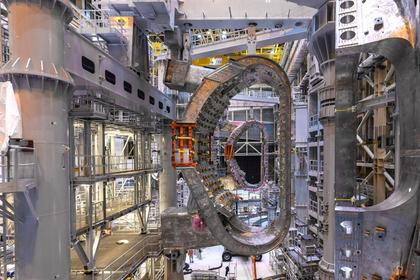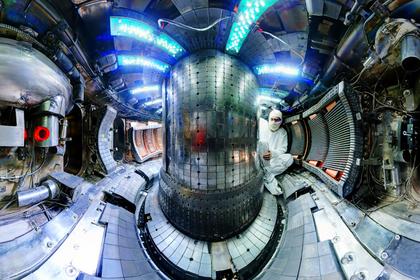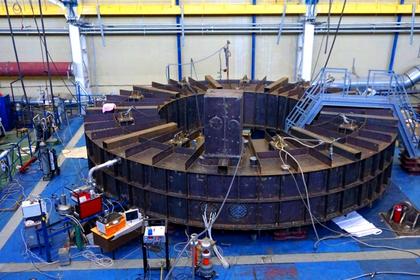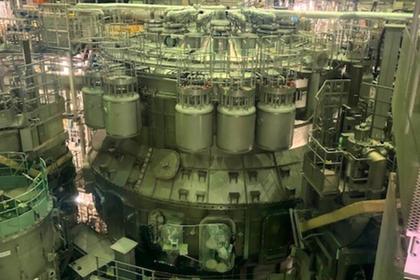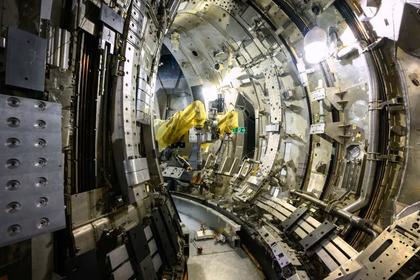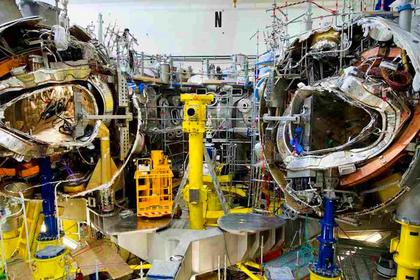
THALES NUCLEAR FUSION
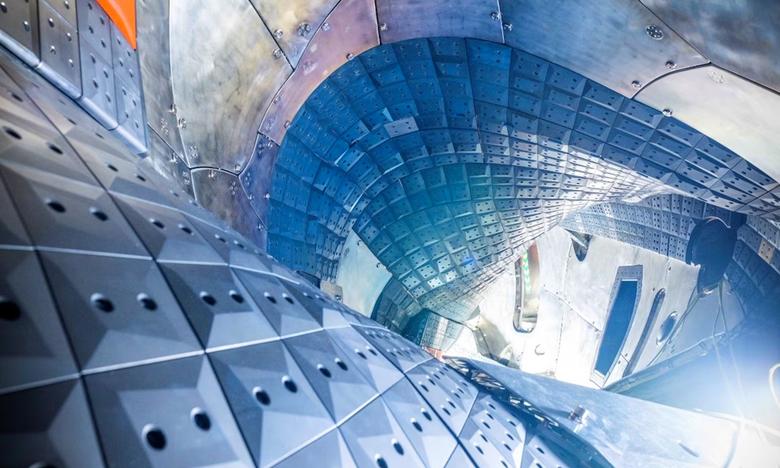
N - October 31, 2024 - The TH1507U gyrotron delivered 1.3 megawatts of radiofrequency power for plasma heating in IPP's Wendelstein 7-X stellarator.
The TH1507U gyrotron, developed by France-based Thales in collaboration with Germany’s Max Planck Institute for Plasma Physics (IPP) for IPP’s Wendelstein 7-X stellarator, has achieved a significant milestone, reaching a total output of 1.3 megawatts in radiofrequency at a frequency of 140 gigahertz for 360 seconds.
A gyrotron is a class of high-power linear-beam vacuum tubes that generates millimetre-wave electromagnetic waves by the cyclotron resonance of electrons in a strong magnetic field. Thales’s gyrotron plays a key role in the Wendelstein 7-X stellarator project, providing heating and stabilisation of the plasma, which are essential for reaching the temperatures required for magnetic confinement nuclear fusion.
Wendelstein 7-X is the world’s largest stellarator fusion device. Its goal is to investigate the suitability of such facilities for power production. Stellarators differ from a tokamak fusion reactor such as the Joint European Torus (JET) in the UK or ITER under construction in France. While a tokamak is based on a uniform toroidal shape, a stellarator twists that shape in a figure eight. This avoids problems tokamaks face when magnetic coils confining the plasma are necessarily less dense on the outside of the toroidal ring.
The main assembly of Wendelstein 7-X was completed in 2014, and first plasma was produced in December 2015. At the end of 2018, experiments were temporarily terminated after two successful work phases to enable upgrading. After Wendelstein 7-X generated a record plasma in February 2023 (lasting 8 minutes with an energy output of 1.3 gigajoules), it was shut down for further upgrading, including the installation of the new gyrotron. In September, Wendelstein 7-X began a new experimental campaign.
“The world record set by our Gyrotron marks a significant milestone in the race for fusion and illustrates our commitment to technological innovation and excellence,” said Charles-Antoine Goffin, Vice President of Microwave & Imaging Sub-Systems at Thales. “This technological breakthrough positions Thales at the forefront of high-power plasma heating solutions, essential for addressing the energy challenges of tomorrow.”
Thales, a global leader in the design and manufacturing of plasma heating systems, is the only European manufacturer of Gyrotron electronic tubes at its Munich operation. The gyrotron was developed in collaboration with the European GYrotron Consortium (EGYC), which aims to create an autonomous European source of highly reliable gyrotrons. EGYC includes the Swiss Plasma Centre (SPC), the École Polytechnique Fédérale de Lausanne (EPFL), the Karlsruhe Institute of Technology (KIT), the Euratom-Hellenic Association (HELLAS), the Institute for Plasma Science & Technology of the Italian National Research Council (ISTP-CNR), the Polytechnic University of Turin, and Thales as the industrial partner.
Thales is a French multinational corporation specialised in the design, development, manufacturing and support of electronic systems as well as devices and equipment for the aerospace, defence, security and transportation sectors. The company was previously known as Thomson-CSF since its foundation in 1968 and was rebranded Thales in 2000. Thales is partially owned by the French state (26.06%) and operates in more than 56 countries. Dassault Aviation has a shareholding of 26.05%, while 45.59% is a free float, 2.79 % of which is employee-owned.
-----
Earlier:
